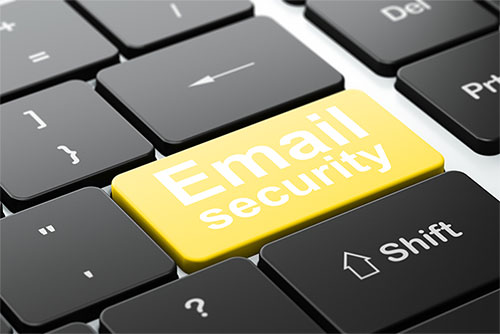Commercially reasonable efforts refer to actions defined by what similar persons would do as judged by the community. This judgment is based on the common average of the community, so in times of crisis or great waves of change, the collective knowledge from community to community will be different. Communities that measure, watch and continue to learn are more aware than communities that do not value these traits.
Threats to Small Banks and Credit Unions
In recent court rulings, smaller banks and credit unions were held accountable for commercial account losses due to an outside hacker compromising the banking systems. It was determined that the security controls in place were not used effectively and in a manner that was considered “commercially reasonable.” For the small banking community this is a problem, for the term commercially reasonable efforts is ambiguous, and there is no way to come away with a precise definition. What’s worse is that this problem will continue to grow because there is a widening divide between those who understand the layered risks as we become digitally more connected and rely more and more on diverse technologies that are transforming businesses and those who blissfully minimize the situation.
There are communities that reduce the threats with assumptions that they are too small to target. The terms “cybercrime” or “cyber security” haven’t helped much either, where images of large-scale, organized efforts on both sides of the fight battle it out in some other dimension. The truth is that most crimes these days play out with a digital component. Common business structure, board members and employees can be found quite easily online through corporate business pages, web searches and such sites as LinkedIn. A few trials, a call to support or picking up a business card will reveal the email default structure for the organization. Even though you think your business doors are shut because it’s after hours, you are still wide open to attack and theft.
Securing Your Business
Reasonable security efforts would include anti-virus and email security as technologies to help minimize these cyber risks. But as the earlier court ruling pointed out, just having the controls in place doesn’t count if they were not used effectively.
 McAfee’s Q3 2013 Quarterly Threats Report saw a run rate of 220,000 new malware variants daily. Therefore, daily or even more frequent .DAT updates might be in order. The story behind this data is that the malware creators have a solid understanding of the security controls and assumptions of how people and certain communities implement them. They are not necessarily writing new functionality in each variant, but they are shifting the bits ever so slightly as to create a new footprint, forcing the security vendors to identify and create a new signature every time. The criminals rely on the fact that there will be a window of opportunity for them in the financial communities that delay their updates.
McAfee’s Q3 2013 Quarterly Threats Report saw a run rate of 220,000 new malware variants daily. Therefore, daily or even more frequent .DAT updates might be in order. The story behind this data is that the malware creators have a solid understanding of the security controls and assumptions of how people and certain communities implement them. They are not necessarily writing new functionality in each variant, but they are shifting the bits ever so slightly as to create a new footprint, forcing the security vendors to identify and create a new signature every time. The criminals rely on the fact that there will be a window of opportunity for them in the financial communities that delay their updates.
Attacking Email with Malware
Email is still one of the most common ways to inject malware into an organization with fake emails from organizations you may readily do business with. Malware is created for gain: gain in information, gain in compromising systems or gain in immediate monetary compensation.
A recent alert from US-CERT updated its information regarding ransom-ware CryptoLocker. It reported that fake emails with FedEx and UPS tracking links have been associated with the malware that can find files and folders across hard drives, USB media, network and even cloud storage drives that are attached to the infected system. The malware encrypts data and holds it ransom, expecting payment to BitCoin within three days. This is concerning not only because of how this malware penetrates the organization, but also that it can identify data sources outside of the system itself to the networked resources broadening the compromise wider than a single system.
Mitigating this risk requires updated malware protection using email security protection that has a strong intelligence and an antivirus engine that will block spam and known malicious IP email senders for admin review before entering into the organization. It should also have the most recent and up-to-date virus scanning for both the email body and attachments. Best security hygiene practices would also expect that backups are occurring in order to recover from an attack like this, where US-CERT recommends alerting of the ransom request, and ultimately, a reimaging of the system and data restoral.
Reasonable Security Trend
The trend is that reasonable security means continued learning and awareness, keeping up with the risks to the community and evaluating the threats that are emerging. It’s not enough to just install or subscribe to security solutions. One needs comprehensive coverage across the organization with measures into what systems or accounts may have more than normal encounters with malware or malicious email.
If doing this for your organization seems too difficult, consider security as a service for email protection and endpoint protection. This may trigger additional security education opportunities or additional security controls for these systems or individuals addressing their increased security threat exposure. With this information, you now can rationalize the additional expense for the business to mitigate these additional risks and know that you are keeping up with reasonable efforts for securing your institution.